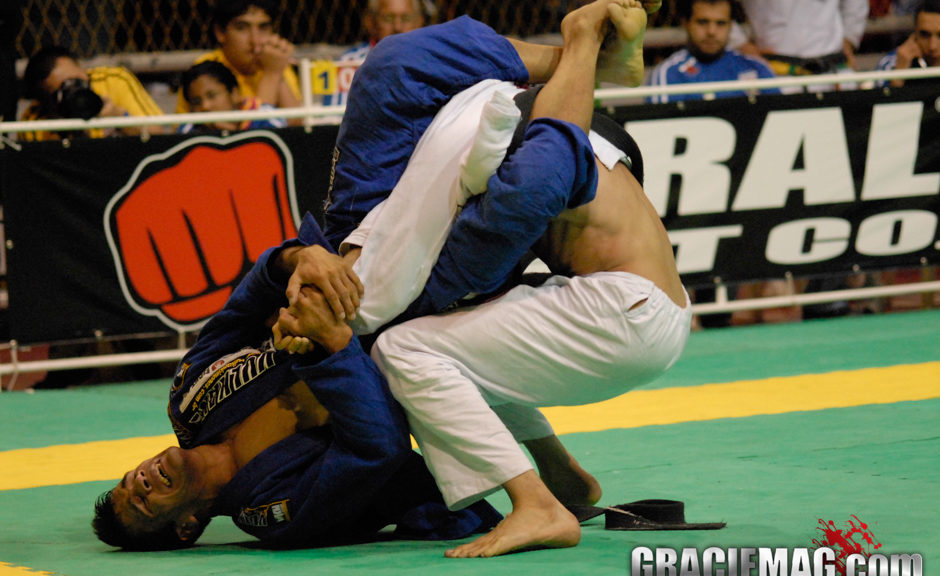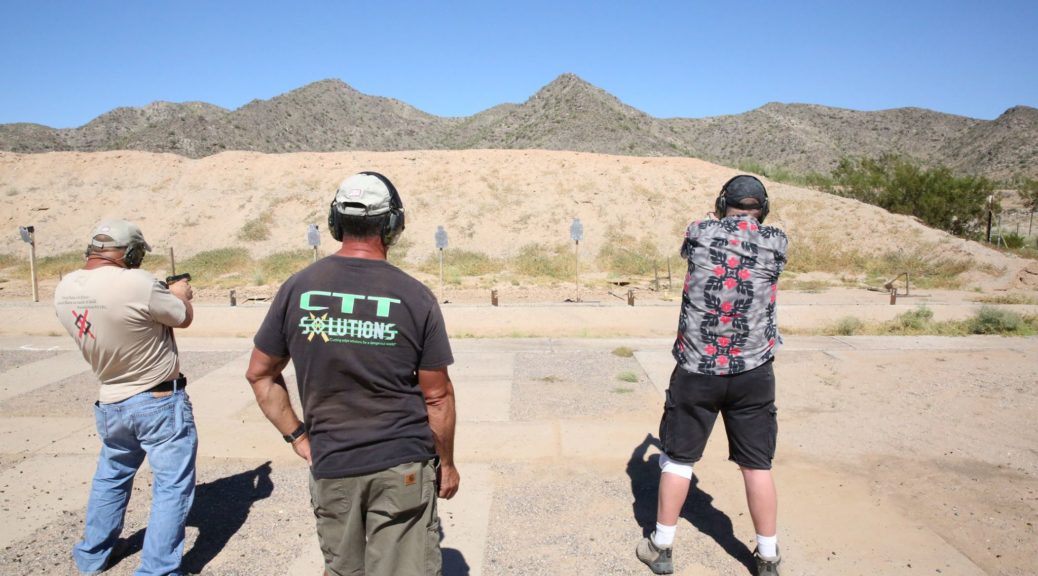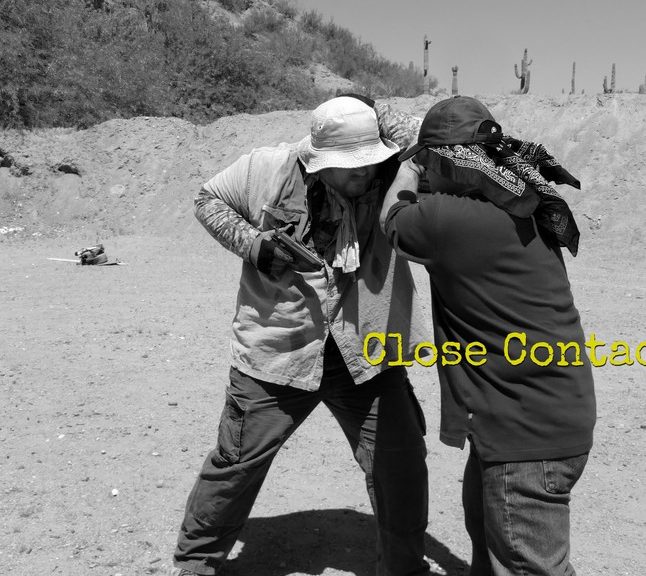Recently, I made a Facebook post concerning a shooting
session I had where I shot poorly. I was frustrated because I shot far below
what I know to be my demonstrated performance minimums and I expressed that
frustration by ranting about myself online. A large number of friends reached
out to me, either through comments on that post, or even by private message in
an attempt to help me solve the problem. I am deeply humbled that so many folks
would take time to do so, and I appreciate everyone who did. Thank you.
What they all were suggesting was that I put a red dot optic
on my carry pistol, and they all felt it would take care of any shooting
problems. Not to sound ungrateful, but I am rejecting that advice (for now), not
to flat out ignore it, but for a very specific and needed reason – the red dot,
while it will allow me to shoot better, will not permanently solve the issues I
have.
I have two very specific problems, and I think it is far
better to deal with them through software (built up skill and effort) rather
than hardware that solves the problem only as long as I have the hardware
available, but will allow the problem to arise as soon as the hardware is not
available.
My first problem is physical. Essentially, I have opposing
astigmatisms in each eye. That are somewhat at war with each other, and any
corrective lenses requires ad odd mix. In fact, when I wore contacts, there was
literally only one single company in the world that made soft contacts to that
prescription, and I had to take their prices because there was no competition.
So while one eye has poor mid-range and not great close range, the other eye
has less than stellar distance vision but perfectly fine view within arm’s
reach. So using glasses works for everyday things (except for the fact that I
have to take the glasses off to read or see the dashboard of a car) works fine,
it does not give me good perspective to shoot a pistol. Wearing them, I have
crystal clear view of the target, but the sights are so blurry that I am almost
point shooting. Wearing progressive lenses means I have to constantly bob my
head up and down to see close and far at the same time. Shooting without
glasses means the front sight is sharp and distinct, and the target is blurry,
but not so much that I cannot tell where the midpoint of a B8 at 25 yards is
(it is tough to do that, but I can just barely do it).
One of the things that contributed to my poor recent
shooting was that I knew all this, but was stupid enough to think I could
somehow “fix it” this time and I wore my correctives for the first two hours of
the session. Once I dumped them – as my shooting buddy and mentor Chris L. told
me to do – my performance quickly moved back to where it should have been. And
my FB rant was mostly yelling at myself for trying to ignore reality.
So why then don’t I take all the excellent advice from tons
of friends who are suggesting that I go to a red dot knowing that? I know how
to deal with the issue, and a red dot would be a good permanent fix, yes. But it is entirely down to the second issue.
This issue I have is one that is purely the result of poor
mental discipline. I eye track. For those of who are better shooters than I am
and don’t have that weakness, eye tracking is when your eyes bounce from the
front sight to the target in order to make sure you are getting good hits.
Unfortunately, that is a good way to not get good hits! Your eye jumps before
the round has left the barrel and now instead of the gun being properly aligned
it points elsewhere. Mine has a tendency to go low because I look over the
sights.
So the hue and cry arises. “But Cecil! That will be fixed by
a red dot! So stop being obstinate and jump on board the latest tacti-cool
thing.” And I cannot disagree. If all I cared about was the basic
accomplishment of a task, then going to a red dot would completely eliminate
the eye tracking issue since I would be essentially looking at the target the
entire time.
Here is the crux of my refusal. I am not focused on
accomplishing that task. The simple fact is that I can shoot well enough right
now that I have no doubt that I currently posses the shooting ability to take
care of 98% of any plausible violent situation in which I will need to use a
firearm to defend myself. In other words, any failure in such a situation will
not be the fault of my shooting performance. So what I am spending all this time
on is dealing with almost an abstract pursuit down the rabbit hole of tiny
fractional improvements on the existing skill set.
Don’t get me wrong either. There is absolutely nothing wrong
with this. My continued training in jiu-jitsu is a perfect example. Once you
get to purple belt level, your grappling skills will easily handle 95+% of any
H2H scenario, so putting so much time, money, blood, sweat, and tears into the
levels past that is just either for a purely enjoyment outlook, or for
competition, or, as I said, going down the rabbit hole of little things. There
is nothing wrong with that because arguably that is a far more useful and
productive way to spend time in our lives instead of mindlessly cruising the
internet, or countless hours drinking at a sports bar watching sports ball.
However, this allows me to try to fix what I am able to with
my shooting performance through software instead of hardware, without risking a
failure to perform when I need to. Will I go to a red dot sooner than later? Almost
certainly. But I don’t feel like I need to do it RIGHT NOW.
Again, thank you to all that reached out. I hope this
explains why I am not taking all that good advice for the moment.



